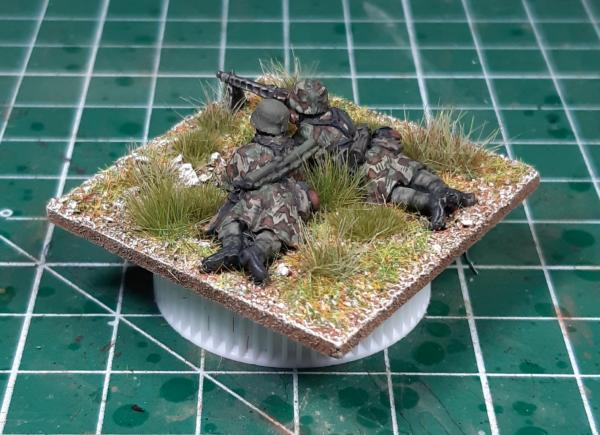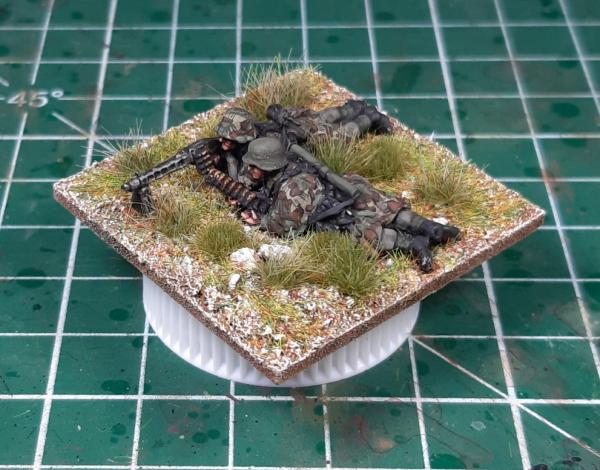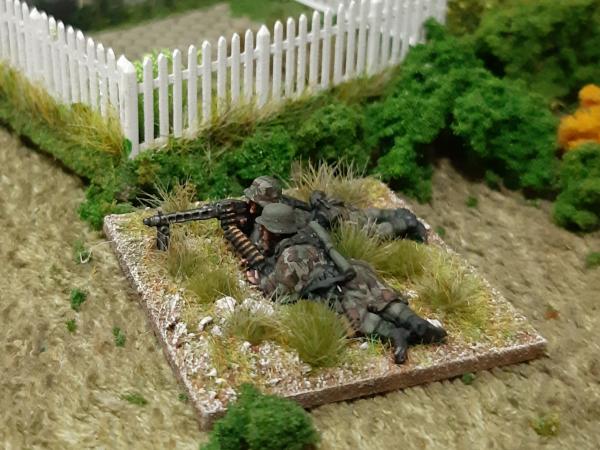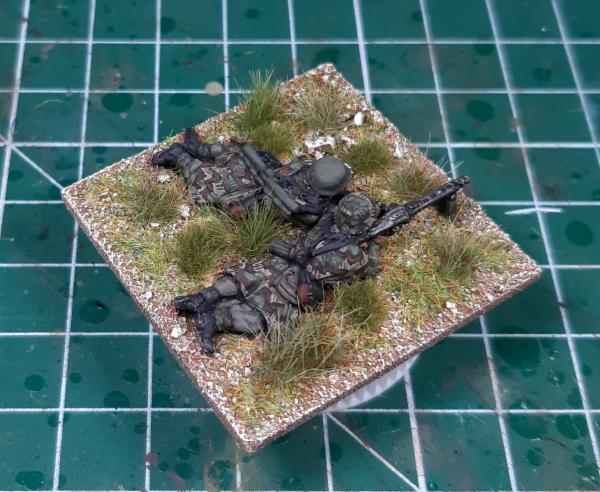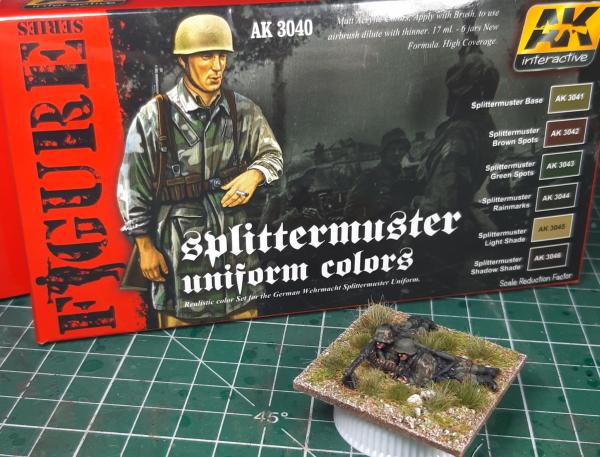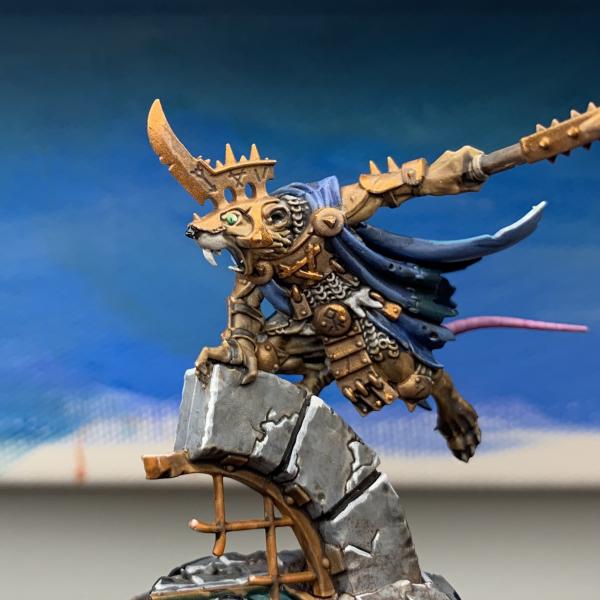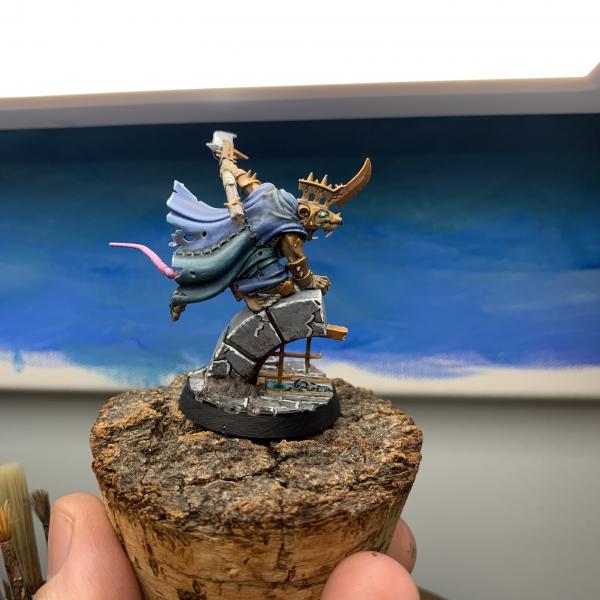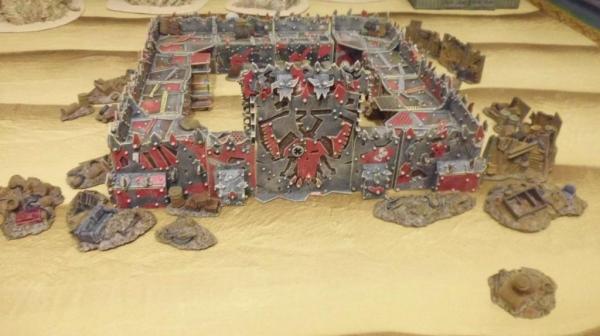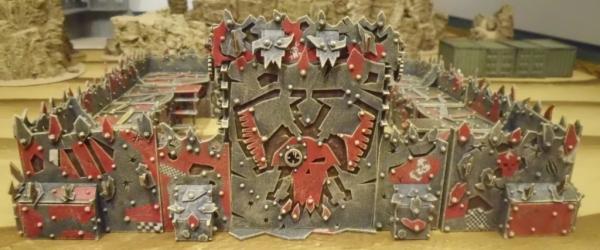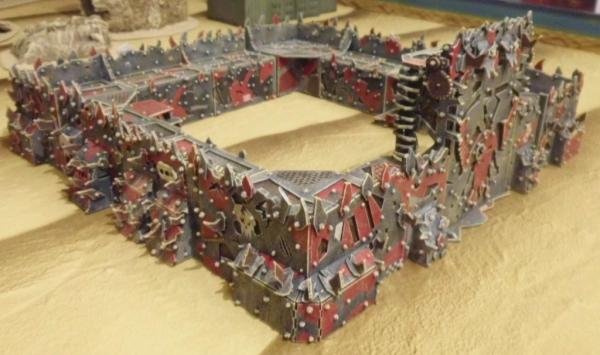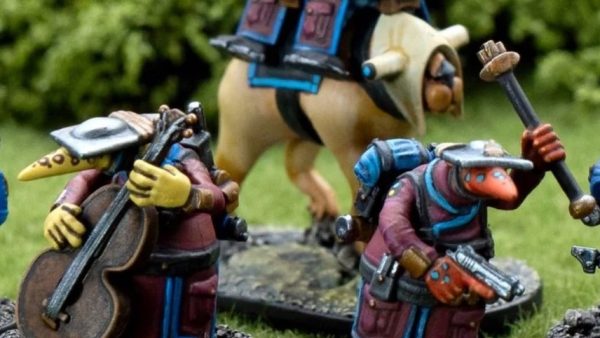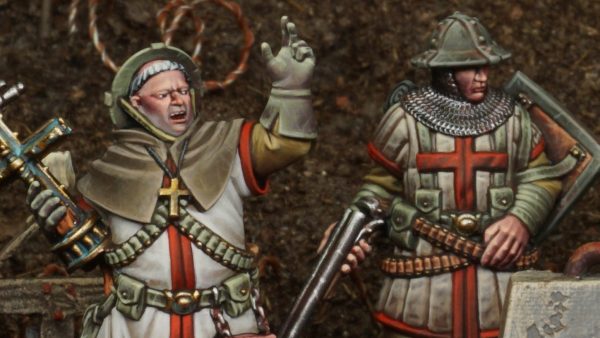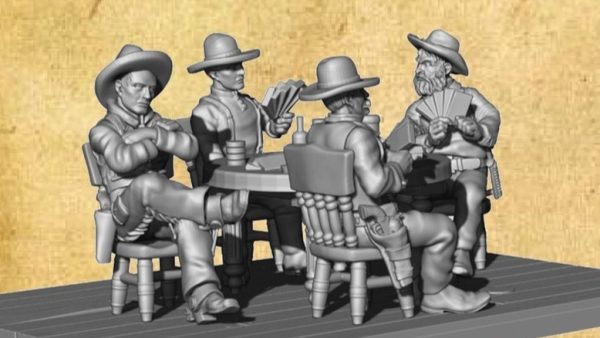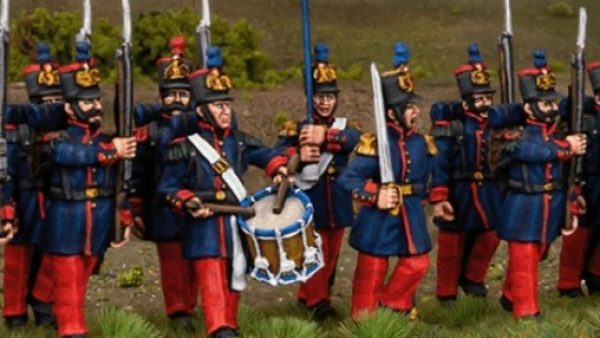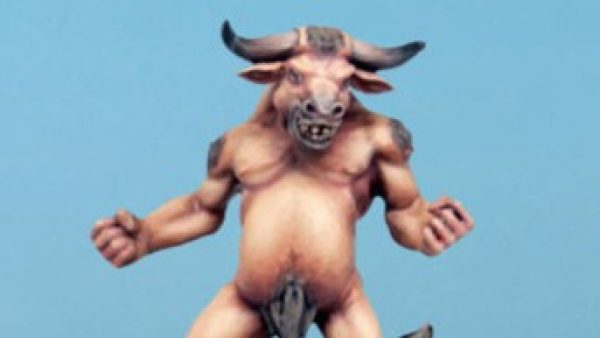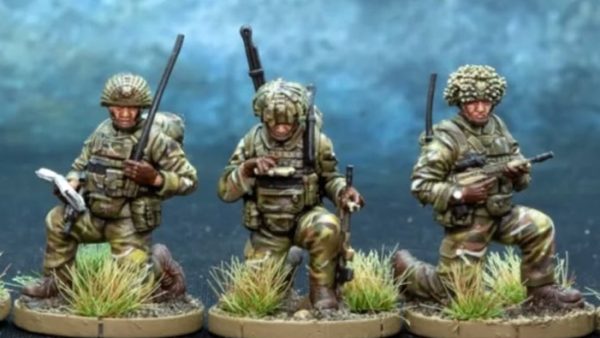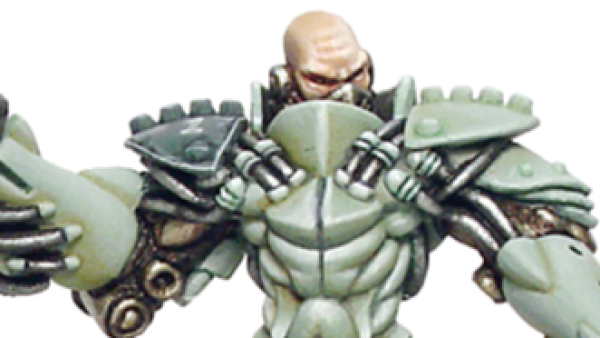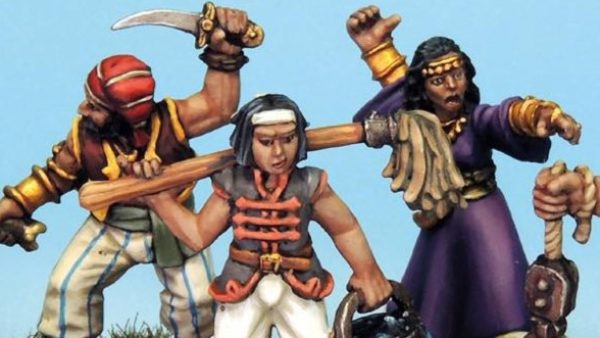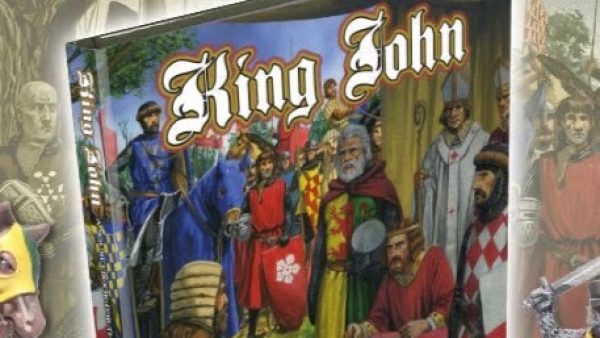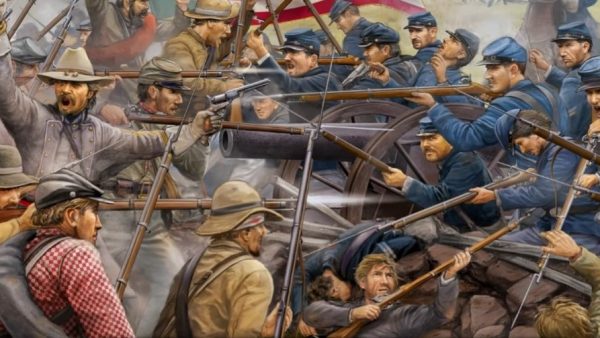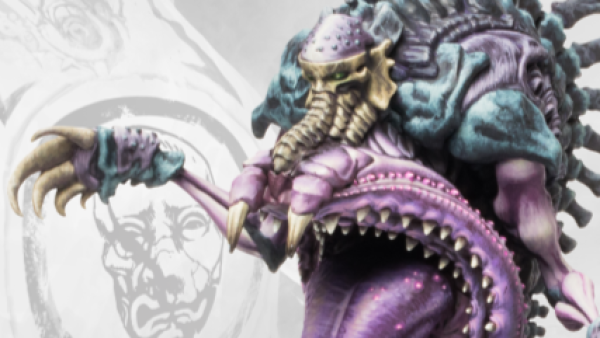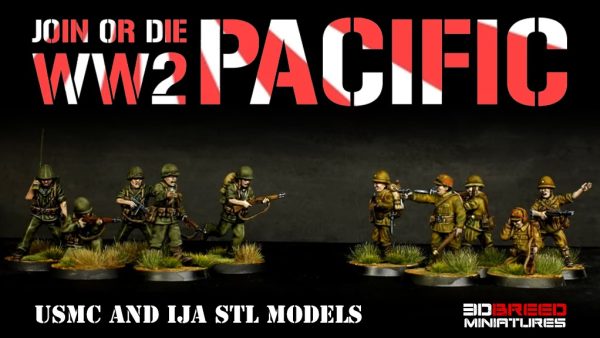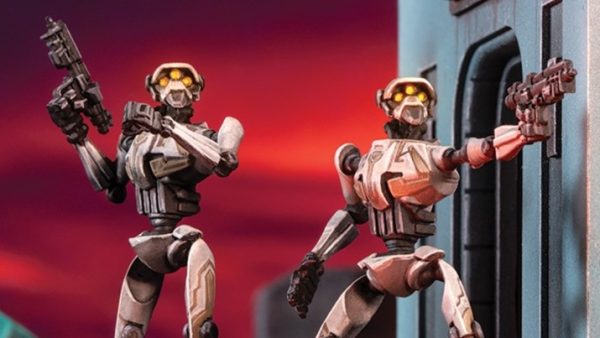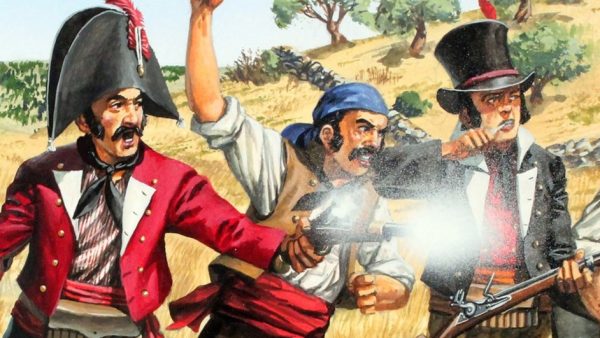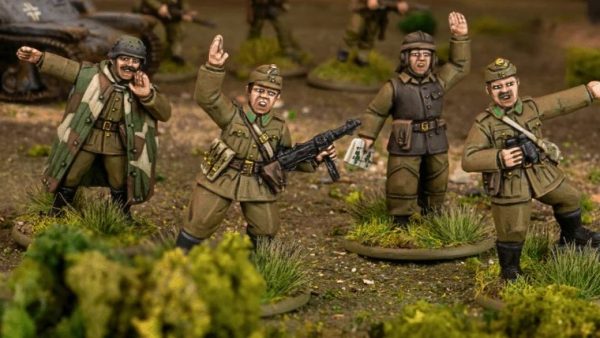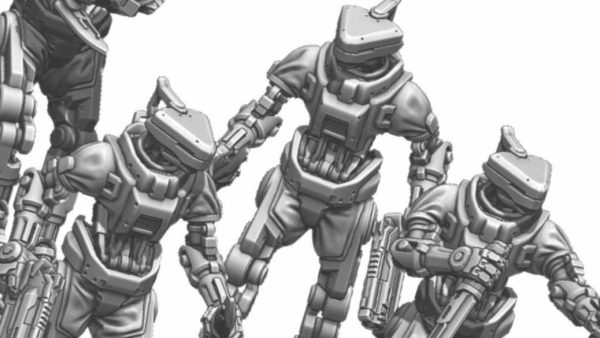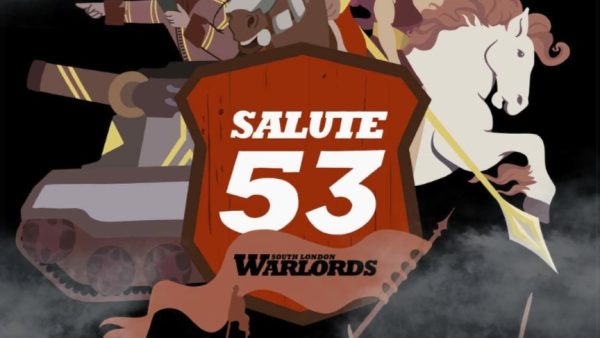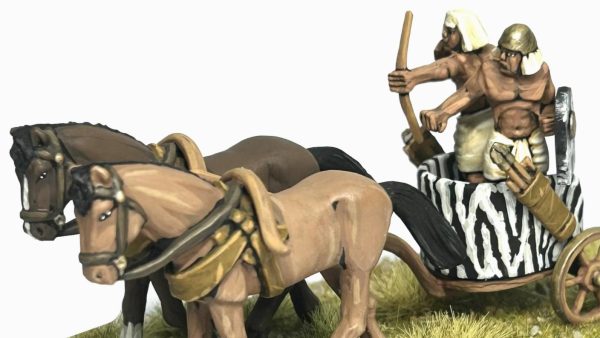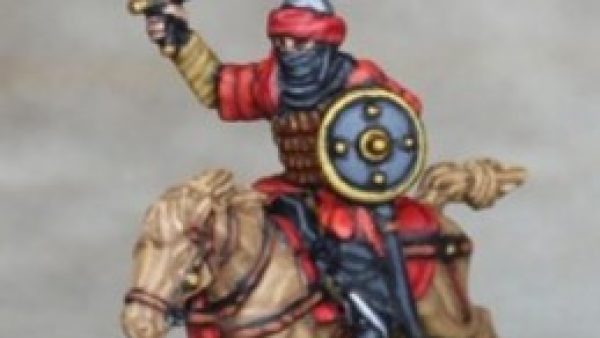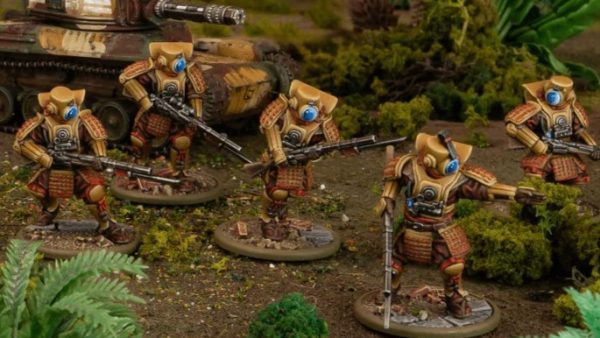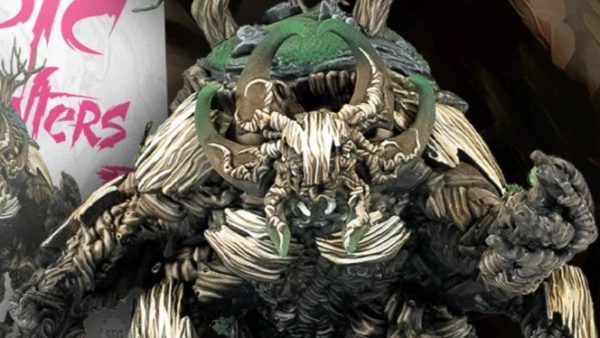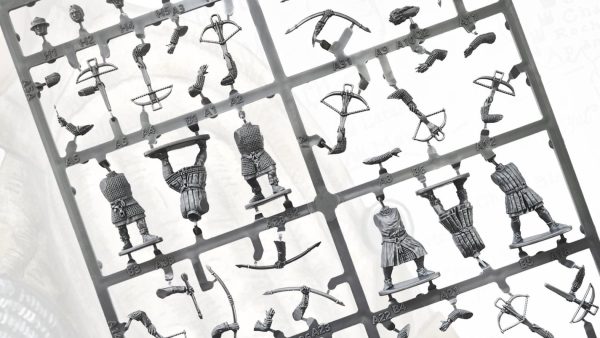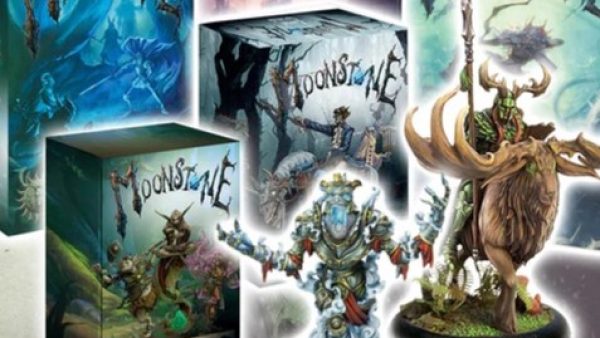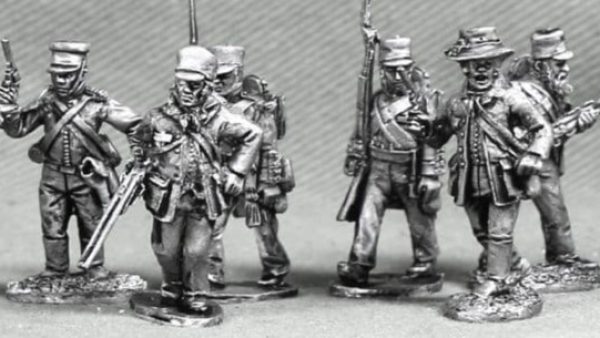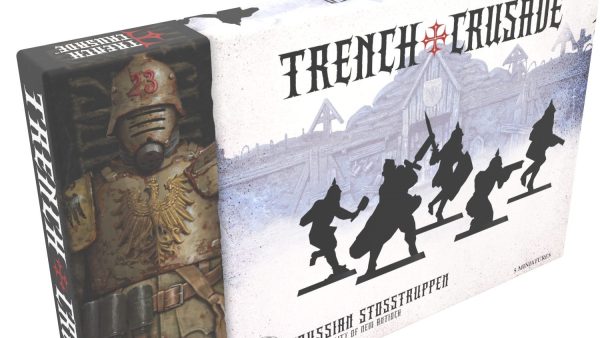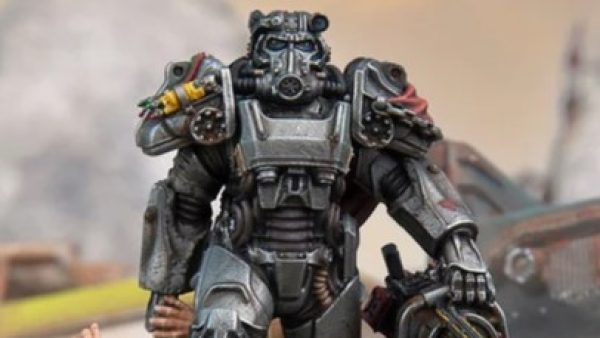Home › Forums › Painting in Tabletop Gaming › What Are You Painting Now?
- This topic has 4,897 replies, 1 voice, and was last updated 5 months, 1 week ago by
 brennon.
brennon.
-
AuthorPosts
-
January 1, 2020 at 9:40 am #1467689
Today on my journey through the world of 1938 A Very British Civil War we enter into part one of the Scottish Republic, both its friends and foes.
The Armies and Enemies of the Scottish Republic
After the breaking of the Act of Union, the Coalition Government in Scotland quickly realised that its future rested with a weak England, at least until such time as an English leader rose who would accept a deal with Scotland in return for support. Therefore the policy of armed intervention was agreed as the way forward.To carry this out the Scottish Government and authorities has considerable military assets available to them, well on paper at least. However, Scotland as in England, had suffered cuts in the military establishment throughout the past decade and as a result many units were below normal operating strength. The core of the army was the Scottish regiments of the old British army, who had been at the heart of the revolution and the disarming of the British Union of Fascists and the Auxiliary constabulary. As with other British units, most regiments had only one under-strength battalion at home and those oversea were beyond Edinburgh’s control. An additional regular asset was the Scot’s Guards, who had been disbanded and dishonoured by King Edward VIII, but returned home to a hero’s welcome. Scotland as elsewhere had to make extensive use of its militias and other voluntary forces. Yet as well as utilising territorial and yeomanry systems, the Scots made use of the older militia traditions and reconstituted rifle volunteers popular in the 19th century. While all these structures succeeded in bringing in small groups of well-motivated volunteers, turning this into a cohesive force was more of a problem.
Fear that the militias, who often had competing and hostile beliefs, might further break down the rule of law lad to the Scottish Republican Government passing the Militia Act. This sought to order the volunteers forces by requiring all armed bodies to be registered and regulated. The chief requirement of this Act was for the militia to be available for thirty days service “at home or abroad” between May and September. The Militia Act was not popular and a constant cause of tension. The most serious confrontation came when a socialist Dockers’ militia, infiltrated by Communist agitators, refused to leave the Clyde. Eventually, the militia was disarmed by Regulars of the Scottish Republic, but only after some skirmishing and several of the ringleaders were arrested.
The supply and maintenance of troops also proved difficult. Although having access to numerous ports, the distribution network was poor and could easily be shut down by striking unions or a feud between rival militias. In general the two best Scottish divisions were stationed in the south-west of south of Edinburgh. The Scottish First Division based at Lockerbie provides and supervised the west and central marches. The Scottish Second Division has deployed from its headquarters in Sterling, forward to protect Edinburgh and to put pressure on the Royalist, English garrison at Berwick upon Tweed.

 January 2, 2020 at 12:19 am #1467824January 2, 2020 at 3:54 am #1467835January 2, 2020 at 2:53 pm #1467966
January 2, 2020 at 12:19 am #1467824January 2, 2020 at 3:54 am #1467835January 2, 2020 at 2:53 pm #1467966My 2019 comes to a close and this is what I acheived.. not including the High Elves as they were just a rebasing project I got 285 minis completed
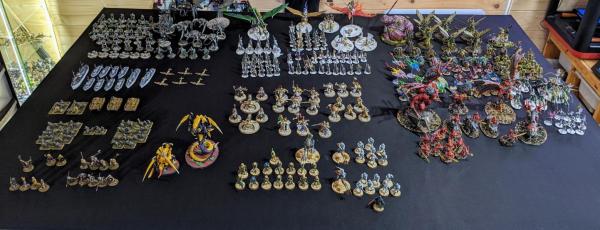
I did a video if anyone is interested in a closer look.
January 2, 2020 at 3:12 pm #1467968I don’t see any Legio there @laughingboy …. WHY?! 😉
January 2, 2020 at 4:12 pm #1467975@sundancer they are certainly in there, right at the front.
January 2, 2020 at 4:15 pm #1467978Ok I need to have a talk with my wife again…. new glasses may be in order again XD (She’s an optician)
January 2, 2020 at 4:49 pm #1467992@laughingboy congrats on getting so much knocked over in 2019, great work!
January 2, 2020 at 5:07 pm #1467993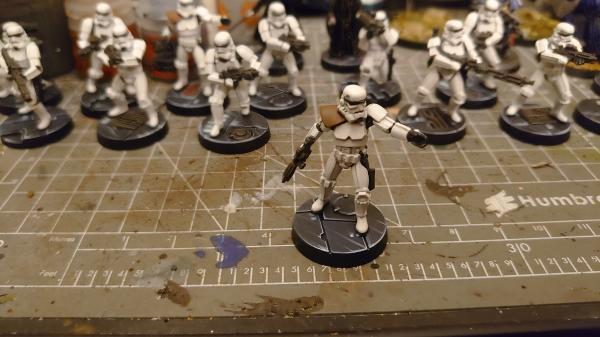
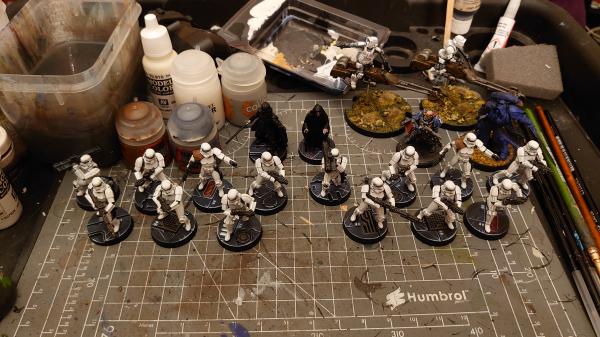
Working on the Stormtroopers, Darth Vader and The Emperor now 😀 Loving this project a the moment.
January 2, 2020 at 5:15 pm #1468001New year, new minis. This time Judge Dredd and friends.
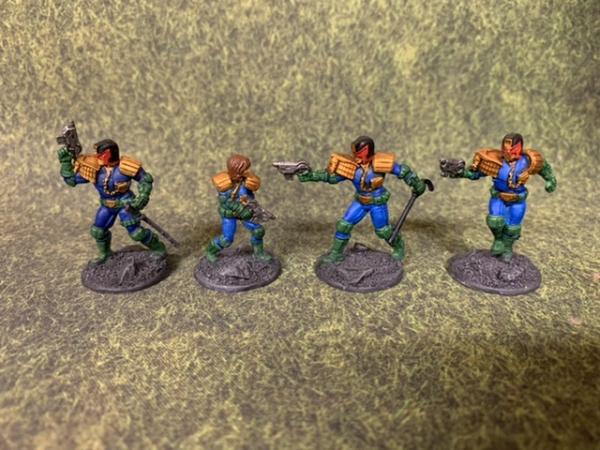
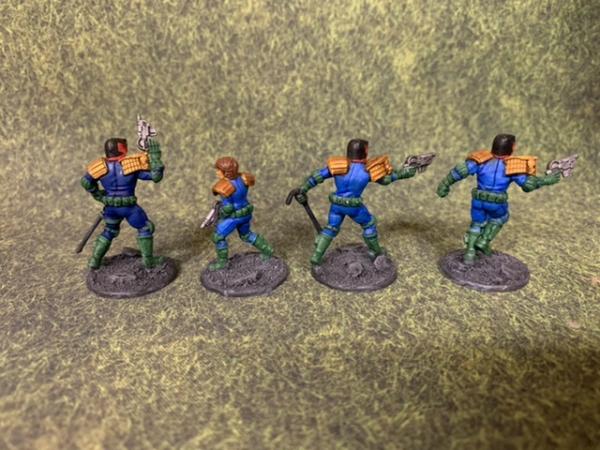
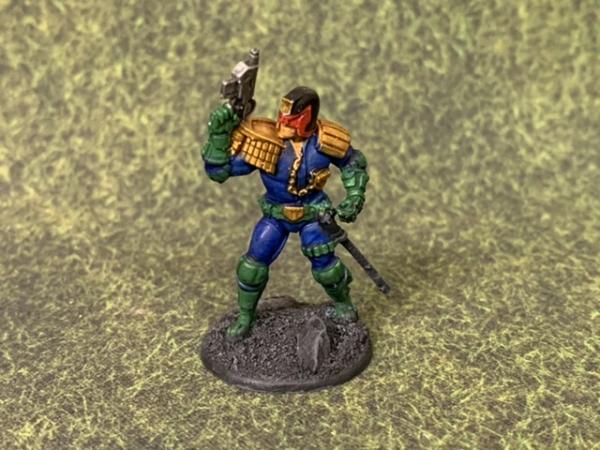
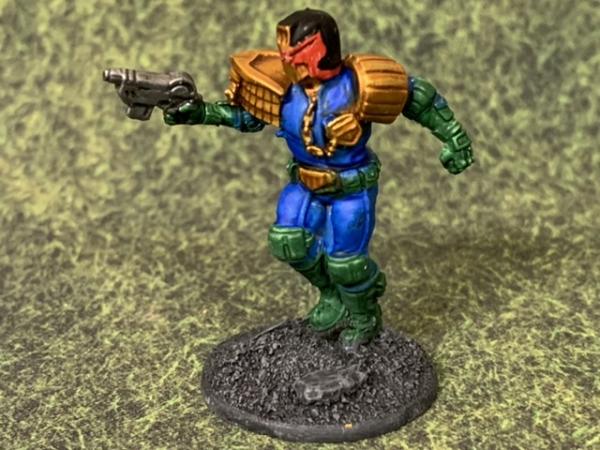
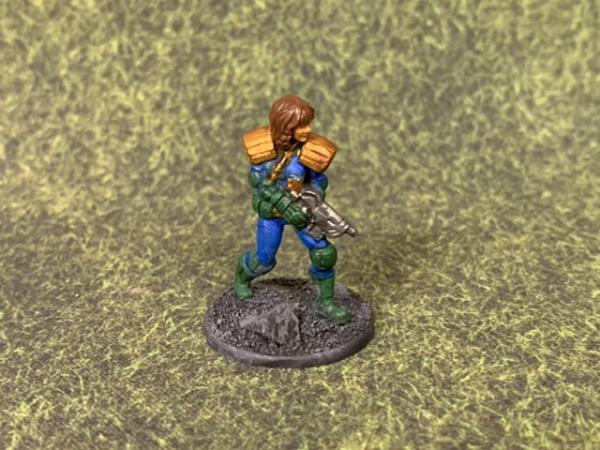
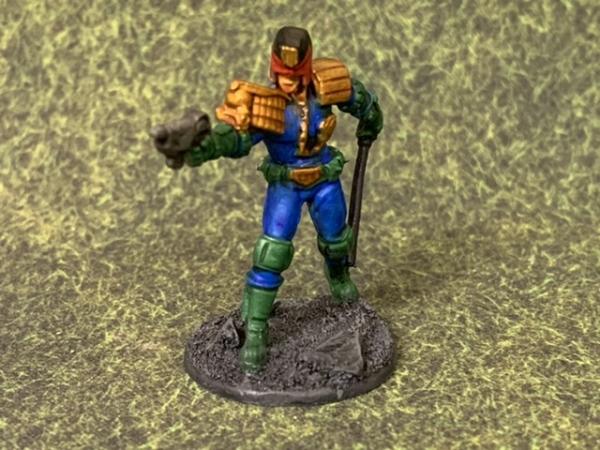 January 2, 2020 at 9:50 pm #1468049
January 2, 2020 at 9:50 pm #1468049On my continuing journey into the world of 1938 A Very British Civil War I bring you part 2 of the Scottish Republic, both its friends and foes.
The League of St Andrew
A small garrison guards the approaches to Edinburgh from St Andrews. Here support for the English Anglican League has manifested itself into the League of St Andrew. At present, this group is very much allies to the Scottish Republic; however, it also keenly supports the return of the Lord Protector, Prince Albert, as King. The guard is maintained at Edinburgh in case of any over enthusiastic rising in support of the reunification under Prince Albert.The Red Clydesiders
Glasgow is a more serious issue, despite one failed uprising, these problems continue. Arrests and rotation keep things in check for now but any sign of weakness for the Republic elsewhere will invite militant unrest in the city.Anarchist Groups
There are a few small bands of radicals that can be summarised under the headings of Anarchists. One example is the Falkirk Anarchist Brigade. These groups are not generally networked but act independently with the main threats coming from sabotage and assassinations.Royalists and Reactionaries
As the Royalist/Fascist Government collapsed north of the border, most of its allies fled south but some stayed behind. A Pro-Edward rising backed by elements of the military, mainly officers, and the Scottish wing of the British Union of Fascists, led by the former Governor of Aberdeen, George Barr-Ghillie, came to grief at the Bridge of the Dee. The survivors took to the hills however and continued their fight against the Scottish republic. Meanwhile, the unassuming Ernest Smallfellows, former bank manager and British Union of Fascist organiser for South West Scotland began to launch around Dalbeattie against the Scottish Republic. His force was largely made up of a group of quarry workers, who allegedly liked a smart uniform, and some stalwart party members. As time went on, the contacts across the border provided them with equipment and training. Around Troon there is also a well-supplied Royalist enclave. All these groups present an ongoing threat to the Scottish Republic.The Jacobites
The Stuart Cause has not completely died out in the Highlands and the Isles. Despite the clearances of the 19th century, the ’15 and ’45 Uprisings are kept alive in local folk lore. The current instability causes many communities to look for hope to the heroes of the past for inspiration. In the north of Scotland, this has centred on the Jacobite Cause. This has become a rallying point as communities sought to drive out the isolated Royalist and British Union of Fascists garrisons. In the aftermath of the revolt, landowners in the Highlands and the Isles have formed a self defence league and sought out the latest claimant to the Jacobite heritage as their figurehead, Prince Ruprecht. Prince Ruprecht is a member of the German aristocracy, was only too glad for the opportunity to leave an increasingly difficult situation is Hitler’s Reich, for adventure overseas. Bringing with him a small force of Great War Komarades and a few mercenaries, a small army is forming in the highlands, raising the clans and preparing for a confrontation with the Scottish Republic.Weapons and Equipment in Scotland
As in England, the standard weapon for all factions is the .303 Short Magazine Lee Enfield rifle. Militias have more diverse sources including foreign imports, so whilst shot guns and sporting/hunting rifles are the norm, you can also find Thompsons and Bergmann MP18 sub-machine guns too. Amongst the volunteer units attached to Territorials, obsolete army equipment ca be found pressed into service. Breech-loaders, such as the elderly Martini-Henry are still used on active service, although ammunition has to be made locally.
This standard support weapons, the Lewis guns, Vickers Medium machine guns and Stokes mortars, are all used and although limited, whatever artillery is available, mainly 13 and 18 pounders, has been combined into regional artillery units concentrated in the south of the central belt. These units can be rapidly deployed to the border or beyond if required to support a raid or prevent an incursion. Carlisle and Berwick are frequent targets for the Scottish guns.Scotland can muster some tanks, mainly Vickers medium and Mark VI light tanks, “acquired or liberated” from bases in Northern England immediately prior to the secession. Heavy tank companies have also been formed from old, obsolete Great War vintage vehicles, some of which are literally museum pieces. Armoured trains have also been put to good use defending the long coastline with mobile artillery support. Lighter armour in the form of Austin and Roll-Royce armoured cars are fairly common, alongside the Heath-Robinson homemade variety.
Scottish Regulars will normally be stubborn, whilst the reputation of the Highlanders and the swirl of the bagpipes and kilts may cause fear in a less discipline enemy. The militias performance on the field will be somewhat mixed. Different factions may refuse to serve together or may even open fire on each other; again they may behave rashly as they try to outdo their rivals in valour.

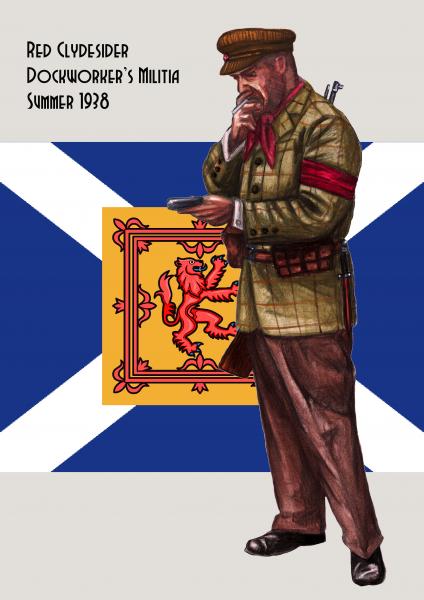 January 2, 2020 at 9:56 pm #1468055
January 2, 2020 at 9:56 pm #1468055G’day!
Long time no see.
Here is the Plague Marines I was working on for a Christmas Gift for a friend.
Take care
 January 3, 2020 at 12:18 am #1468064January 3, 2020 at 12:30 am #1468085
January 3, 2020 at 12:18 am #1468064January 3, 2020 at 12:30 am #1468085Inspired by @laughingboy I decided to make a video of everything I painted in 2019. Apparently my phone will allow me to do that.
January 3, 2020 at 8:18 am #1468090 -
AuthorPosts
The topic ‘What Are You Painting Now?’ is closed to new replies.





























![Make Your Own Star Wars: Legion Heroes! Rebel Agent & Officer Set Review [7 Days Early Access]](https://images.beastsofwar.com/2025/12/unboxing-atomic-mass-games-star-wars-legion-rebel-alliance-agent-_-officer-coverimage-225-127.jpg)


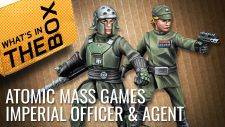
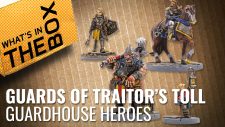

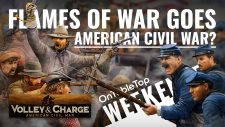
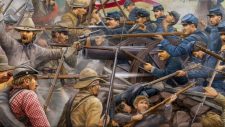




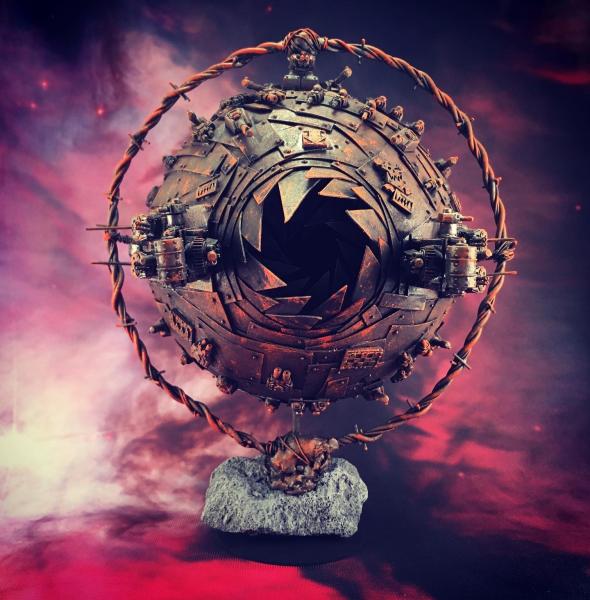
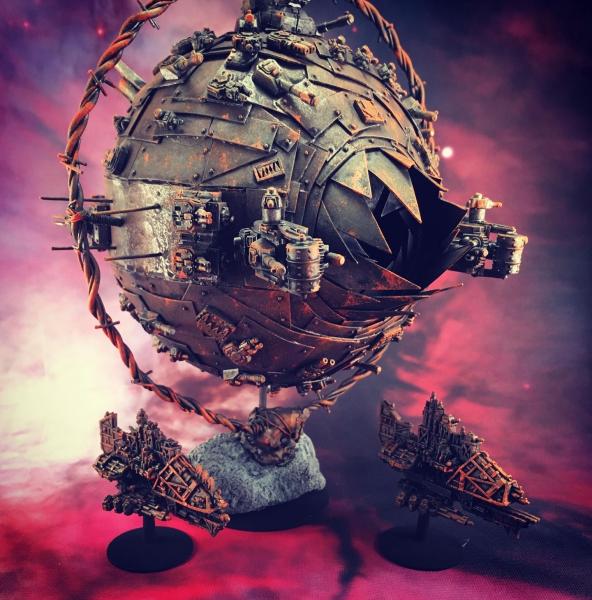



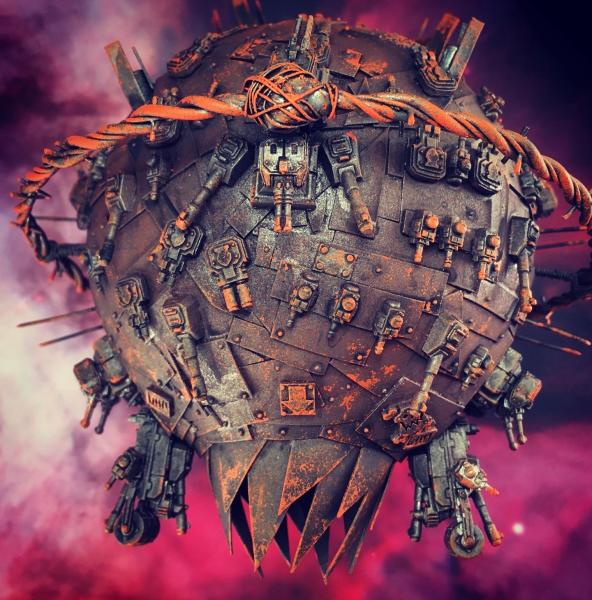

 Well here’s my finished scratchbuild “Orkacron”. Forget to post him in here.
Well here’s my finished scratchbuild “Orkacron”. Forget to post him in here.